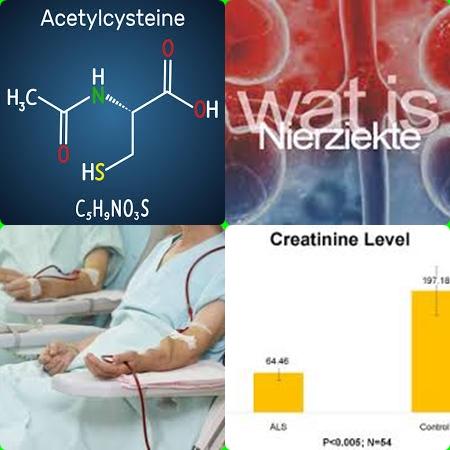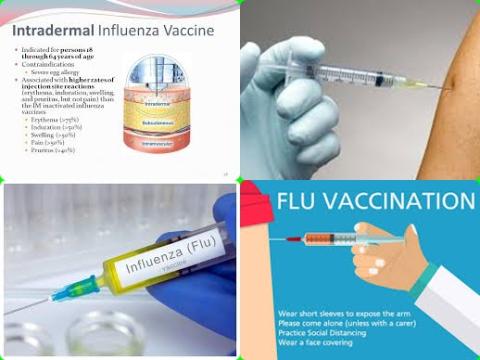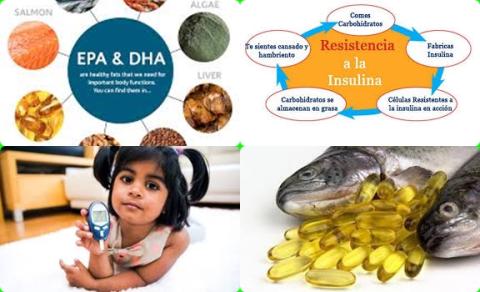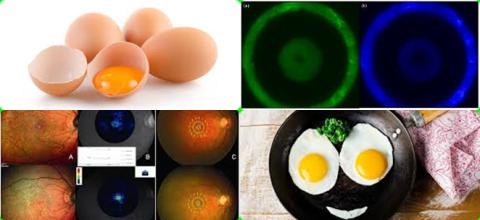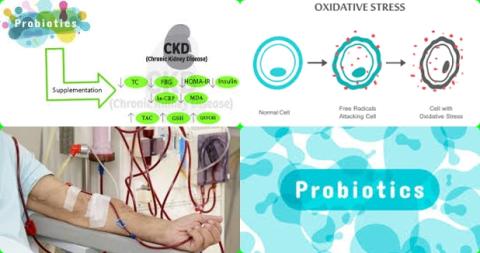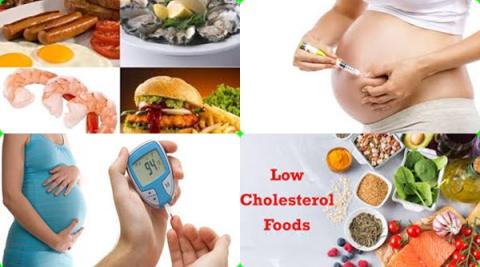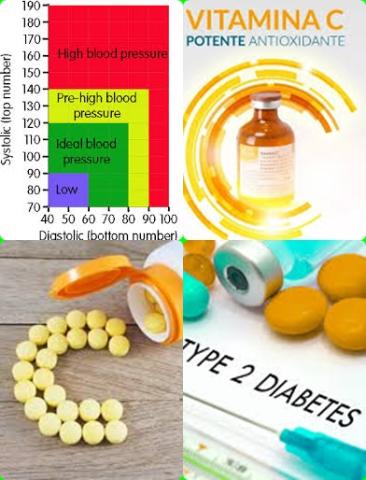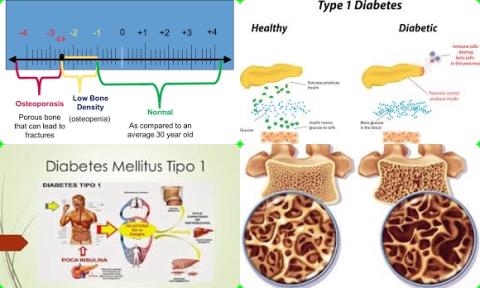0.5-50 mg/d carotenoid supplementation improves cognitive performance among healthy adults
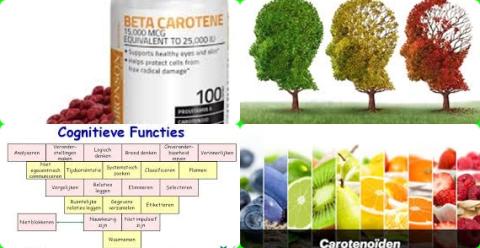
Objectives:
Recent evidence suggests that diet can modify the risk of future cognitive impairment and dementia. A biologically plausible rationale and initial clinical data indicate that the antioxidant activities of dietary carotenoids may assist the preservation of cognitive function. Therefore, this review article has been conducted.
Does carotenoid supplementation improve cognitive performance among healthy adults?
Study design:
This review article included 9 RCTs, involving 2,228 subjects in the treated group (group with carotenoid supplementation) and 2,174 subjects in control group (group without carotenoid supplementation).
The age of all participants varied from 45 to 78 years.
The majority of clinical trials assessed the effect of xanthophylls such as lutein, zeaxanthin, and astaxanthin, whereas only 1 study determined the effects of β-carotene.
The duration of carotenoid supplementation ranged from 2 weeks to 12 months.
The dosage of carotenoids administered in the studies ranged from 0.5 mg/d to 50 mg/d.
There was no evidence of publication bias.
Results and conclusions:
The investigators found results of the pooled meta-analysis showed a significant effect of carotenoid intervention on cognitive outcomes [Hedge's g = 0.14, 95% CI = 0.08 to 0.20, p 0.0001, I2 = 0.00%].
The sensitivity analysis did not change the overall findings obtained from the primary analysis.
The investigators concluded that these results highlight the potential role of carotenoids (0.5 mg/d to 50 mg/d) in the protection of mental functions even in subjects (healthy participants aged 45-78 years) without cognitive impairment. This is particularly important because the population is aging and preservation of cognitive function is crucial for individual autonomy and quality of life, even in non-demented subjects. Further well-powered and long-term trials are required to determine treatment duration, type of carotenoid and optimal dosage.
Original title:
Carotenoids and Cognitive Outcomes: A Meta-Analysis of Randomized Intervention Trials by Davinelli S, Ali S, […], Corbi G.
Link:
https://www.mdpi.com/2076-3921/10/2/223/htm
Additional information of El Mondo:
Find more information/studies on carotenoids and dementia right here.


